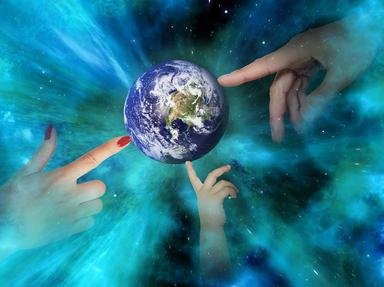
Reaching a Plateau Trivia Quiz
A plateau is an high geographic area that is relatively flat on the top, and typically formed by glaciers, erosion, volcanoes, or tectonic activity. Come along with me to take a trip around the world in order to reach some plateaus!
A label quiz
by ponycargirl.
Estimated time: 3 mins.
